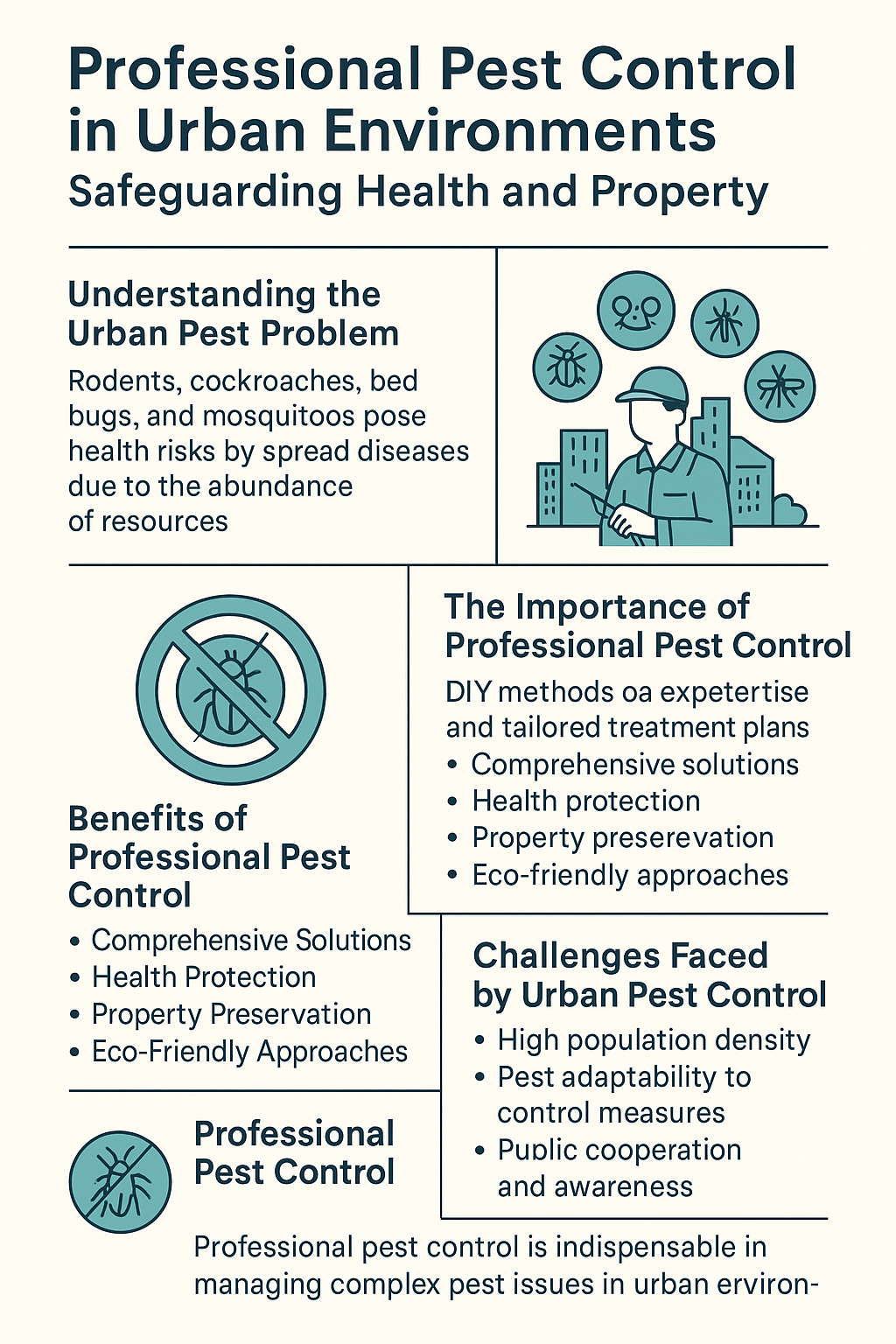
Keeping your roof in top condition can dramatically reduce the risk of unexpected expenses and extensive damage. Homeowners who take routine maintenance seriously protect their investment and gain peace of mind knowing their roof is ready to withstand the elements. Every homeowner should understand the importance of partnering with reliable roofers to conduct inspections, basic upkeep, and repairs to ensure their roof remains durable for years.
A neglected roof can develop minor problems that escalate into severe structural issues, resulting in significant repair bills or even requiring a complete roof replacement. By regularly addressing minor roofing concerns, property owners maintain the integrity of their homes and extend the lifespan of their roofing systems. Regular checks, upkeep, and prompt attention to trouble spots are not just about longevity—they’re also vital to maintaining curb appeal and protecting your home’s value.
Many homeowners find roof maintenance intimidating, but with the proper guidance and resources, it can become a manageable aspect of home care. It’s also wise to understand when to tackle maintenance yourself and when the expertise of professionals is essential to safety and lasting quality. Maintaining a well-kept roof reduces stress during storms and seasons of heavy rainfall, and as you know, your property is well-protected against common threats.
Consulting a professional roofing company can be invaluable if you’re unsure where to start or want top-notch results without the guesswork. Their expertise can ensure even minor issues are caught early and dealt with efficiently, preserving your budget and your home’s structural soundness.
Table of Contents
- 1 Regular Inspections: Catching Problems Early
- 2 Gutter Maintenance: Preventing Water Damage
- 3 Ventilation and Insulation: Protecting Against Moisture
- 4 Timely Repairs: Extending Roof Lifespan
- 5 Choosing the Right Materials for Durability
- 6 Preparing for Weather-Related Risks
- 7 Keeping Records of Maintenance and Repairs
- 8 When to Seek Professional Help
Regular Inspections: Catching Problems Early
Routine inspections are fundamental for spotting issues before they cause damage. During these checkups, look for broken, missing, or warped shingles, cracked flashing, and moss growth. According to National General Insurance, inspecting your roof at least twice a year—ideally during spring and fall—along with after major storms is an innovative practice. Early detection allows for simple repairs, preventing water infiltration, wood rot, or insulation problems.
Gutter Maintenance: Preventing Water Damage
Clean, functional gutters are essential in defending against leaks, foundation issues, and mold. When gutters clog with leaves and debris, they can overflow, allowing water to back onto the roof and seep beneath shingles. This process can lead to wood rot beneath the roofing and damage to walls and basements. Experts recommend clearing gutters at least twice yearly—with increased frequency if you have significant tree coverage over your home—and adding gutter guards can make upkeep much simpler.
Ventilation and Insulation: Protecting Against Moisture
Attic ventilation and proper insulation balance temperatures, prevent moisture accumulation, and help protect the roof’s underlying structure. When airflow is obstructed, heat and moisture become trapped, creating a breeding ground for mold, mildew, and rot. Over time, this weakens shingles and roof decking. The ENERGY STAR program highlights that adequate attic insulation also helps reduce energy bills, making maintenance a win-win for both protection and efficiency.
Timely Repairs: Extending Roof Lifespan
Every roof eventually requires repairs—whether it’s replacing a handful of shingles, sealing a flashing seam, or patching a leak. Neglecting these minor fixes almost always leads to more extensive and costly repairs. Proactively repairing damage as soon as it’s identified ensures the roof remains strong and weather-tight, maximizing its lifespan and minimizing risk to the rest of the property.
Choosing the Right Materials for Durability
The materials used influence your roof’s durability. Opt for roofing products that suit your region’s climate and provide proven performance against local weather patterns. Metal, slate, and architectural shingles are engineered for longevity and resilience. When uncertain, seek advice from experienced professionals to match materials to your home and region, keeping long-term maintenance needs in mind.
Preparing for Weather-Related Risks
Before each storm season, walk your roof’s perimeter to spot potential weak points, such as loose shingles, uplifted flashing, or insufficient drainage. Secure or repair these vulnerabilities to avoid costly emergency repairs after extreme weather. Once a significant weather event passes, inspect your roof to address new damage before water intrusion or mold can occur. A well-maintained, storm-ready roof is much better at protecting your home.
Keeping Records of Maintenance and Repairs
Maintaining detailed records of all inspections, cleanings, updates, and repairs provides valuable documentation. This information is helpful for warranty validation and resale and as proof of care to insurers. It also helps track the roof’s aging and assists contractors in making informed recommendations for future work.
When to Seek Professional Help
Not every roofing task is DIY-friendly. For complex repairs, structural assessments, or annual checkups, hire certified contractors with proven expertise. Professionals use specialized equipment, uphold safety standards, and know how to spot subtle issues homeowners might miss. Their involvement ensures quality results and helps keep your roofing warranty intact.







